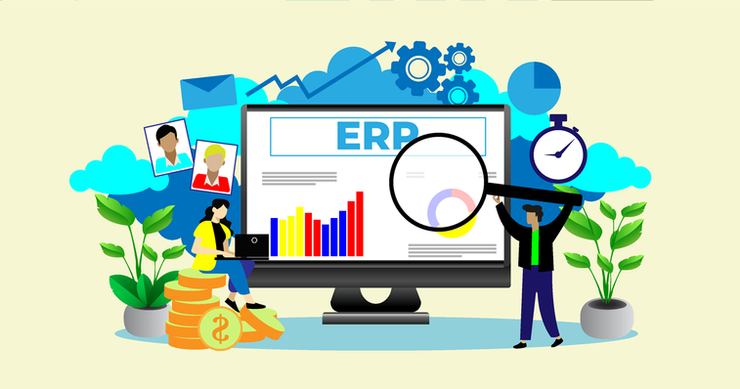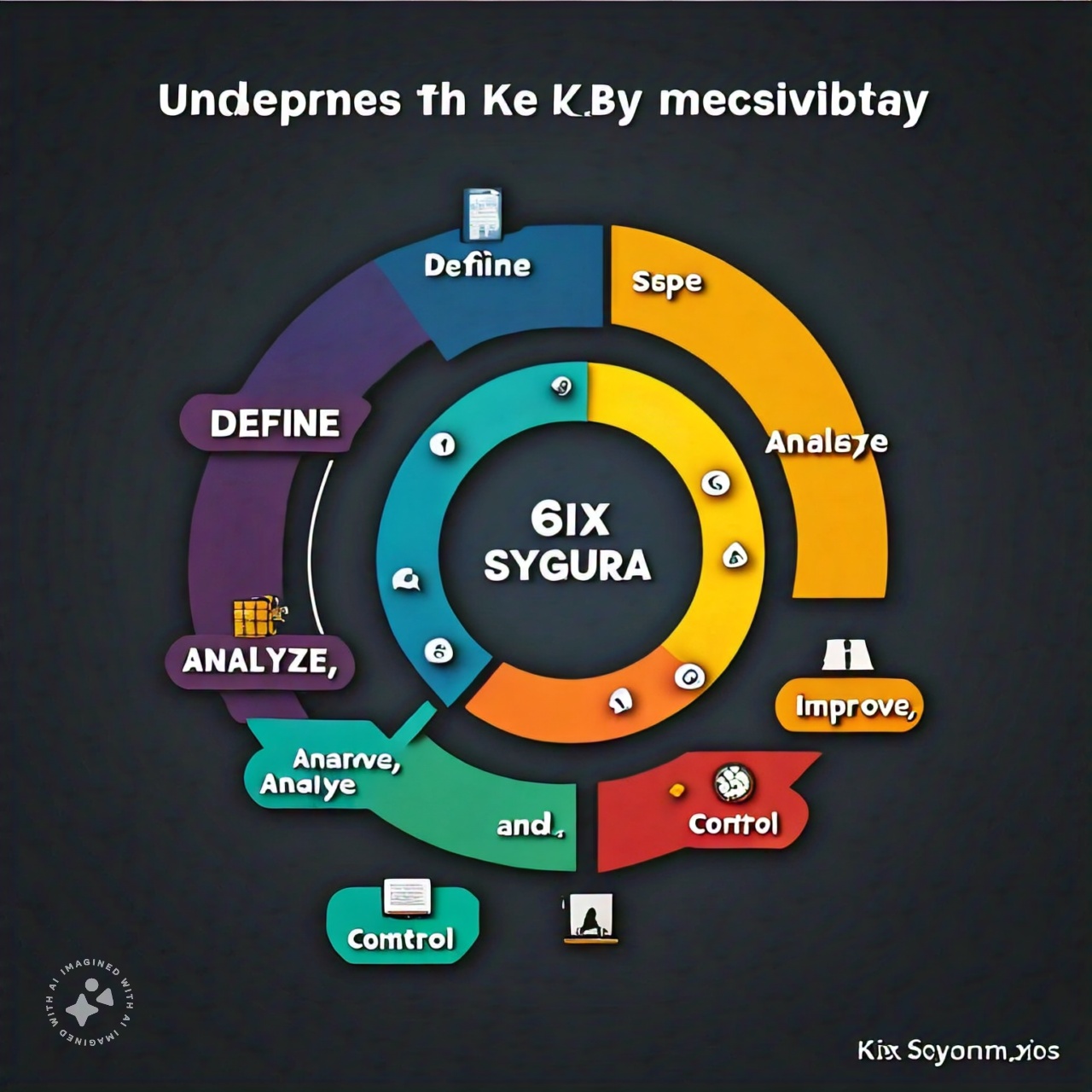I. Introduction
In today’s fast-paced business environment, organizations seek ways to enhance efficiency and productivity. This quest has led to the widespread adoption of Enterprise Resource Planning (ERP) and Human Resource Management System (HRMS) software solutions. These powerful tools revolutionize business operations by integrating various functions and streamlining processes.
II. Understanding ERP Software
ERP software serves as the backbone of modern businesses, offering a comprehensive suite of applications to manage core business processes. From finance and inventory management to supply chain and customer relationship management, ERP systems provide a centralized platform for data-driven decision-making. By consolidating information and automating workflows, ERP software optimizes operational efficiency and promotes organizational agility.
III. The Role of HRMS Software
HRMS software focuses on managing human capital, from recruitment and onboarding to performance evaluation and payroll processing. It streamlines HR processes, enhances employee engagement, and ensures compliance with labor regulations. With features like self-service portals and advanced analytics, HRMS software empowers HR professionals to make informed decisions and nurture a thriving workforce.
IV. Integration: Bridging the Gap
The integration of ERP and HRMS software creates a cohesive ecosystem where data seamlessly flows between departments. This integration eliminates silos, enhances collaboration, and provides a holistic view of organizational operations. By aligning business objectives with HR strategies, integrated systems enable organizations to optimize resource allocation and drive strategic growth initiatives.
V. Efficiency Through Automation
One of the key benefits of ERP and HRMS software is automation. Routine tasks such as data entry, payroll processing, and performance tracking are automated, freeing up valuable time for employees to focus on high-value activities. This automation not only improves efficiency but also reduces the risk of errors and ensures consistency across processes.
VI. Data-Driven Decision Making
Both ERP and HRMS software are equipped with powerful analytics tools that provide actionable insights into business performance and workforce trends. By leveraging data analytics, organizations can identify opportunities for improvement, mitigate risks, and make informed decisions that drive growth and innovation. From predicting customer demand to forecasting talent needs, data-driven decision-making is at the core of successful businesses.
VII. Scalability and Flexibility
As businesses evolve and expand, their software needs to scale accordingly. ERP and HRMS software offer scalability and flexibility to accommodate growth and adapt to changing business requirements. Whether adding new users, expanding into new markets, or launching new product lines, organizations can rely on these integrated solutions to support their evolving needs.
VIII. Enhancing Employee Experience
A seamless employee experience is essential for attracting, retaining, and engaging top talent. ERP and HRMS software play a crucial role in enhancing the employee experience by providing self-service capabilities, personalized training programs, and transparent communication channels. By investing in employee well-being and professional development, organizations foster a culture of continuous learning and innovation.
IX. Regulatory Compliance
Compliance with regulatory requirements is a top priority for organizations across industries. ERP and HRMS software help ensure compliance by automating processes, maintaining accurate records, and generating audit trails. From tax regulations to labor laws, these integrated systems help organizations stay compliant and avoid costly penalties.
X. Enhancing Customer Satisfaction
A well-integrated ERP and HRMS ecosystem enables organizations to deliver exceptional customer experiences. By optimizing internal processes and fostering employee satisfaction, organizations can better meet customer needs and expectations. From order fulfillment to after-sales support, every interaction with the customer is enhanced through streamlined operations and empowered employees.
XI. Driving Innovation and Growth
By harnessing the power of ERP and HRMS software, organizations can drive innovation and fuel growth. These integrated solutions provide the foundation for digital transformation initiatives, enabling organizations to adapt to market changes, seize new opportunities, and stay ahead of the competition. From agile product development to talent management strategies, ERP and HRMS software support innovation at every level of the organization.
XII. Conclusion
In conclusion, ERP and HRMS software are indispensable tools for modern businesses looking to optimize operations and drive growth. By integrating these systems, organizations can streamline processes, enhance efficiency, and empower employees to perform at their best. With the right ERP and HRMS software in place, businesses can navigate the complexities of today’s business landscape with confidence and achieve sustainable success.





